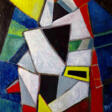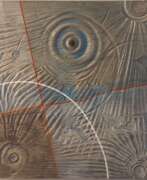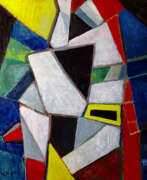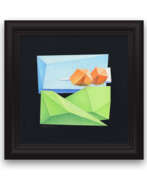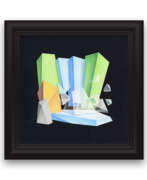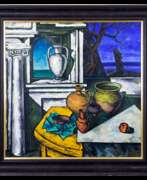Cubo-Futurism
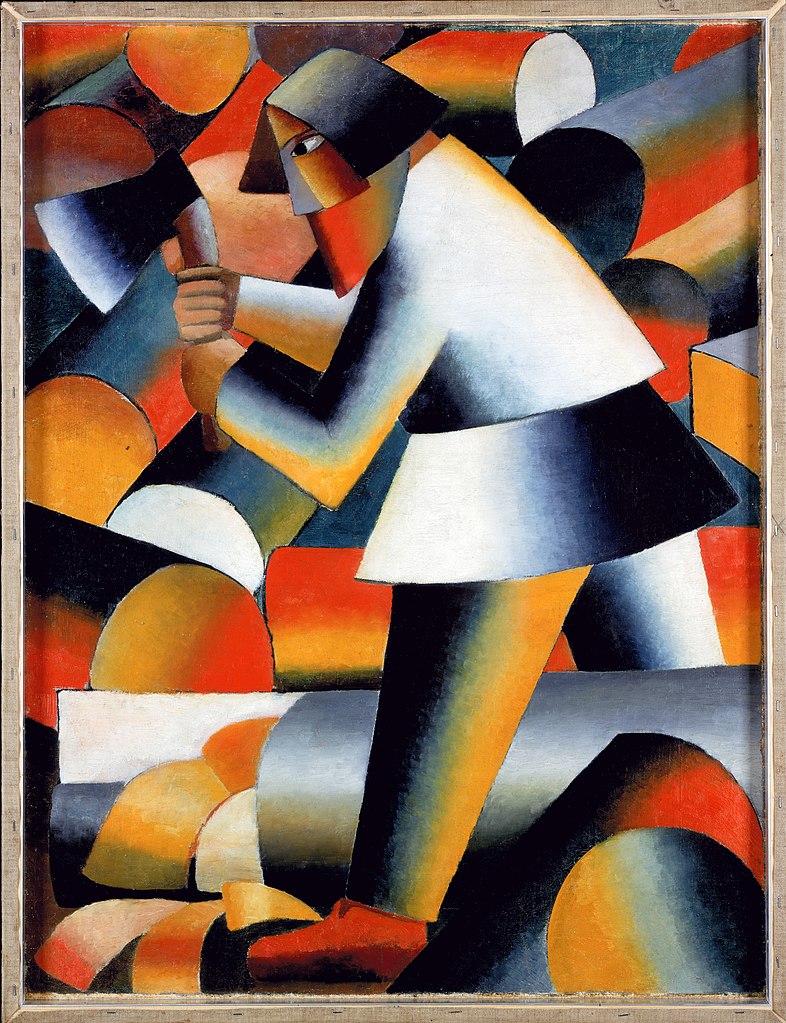
Cubo-Futurism
Cubo-Futurism was a revolutionary art movement that emerged in the early 20th century, primarily within the Russian avant-garde. This innovative style blended the dynamic energy and modernity of Italian Futurism with the fragmented, geometric forms of French Analytical Cubism. Pioneered by Russian artists and poets, it sought to capture the relentless dynamism of technology and urban life, translating it into a new artistic language.
The movement can be traced back to 1910 with the formation of the Soyuz Molodyozhi (Union of Youth) by Ukrainian painter and poet David Burliuk. This group was deeply influenced by Filippo Tommaso Marinetti's Futurist Manifesto, which advocated for a break from traditional artistic forms and a celebration of modernity and industrialization. The Cubo-Futurists aspired to create an art form that reflected the revolutionary spirit of the times, integrating the aesthetic characteristics of cubism - like abstraction, flatness, and geometric shapes - with the principles of futurism.
Among the prominent figures in this movement was Kazimir Malevich, who joined the Cubo-Futurist phase around 1912-1913. His works, such as "The Knife Grinder" and "Morning in the Village after Snowstorm," are notable for their combination of rural Russian themes and avant-garde styles. Malevich's art during this period symbolized the fusion of the static nature of cubism with the dynamic quality of futurism. Another key artist, Natalia Goncharova, showcased the Cubo-Futurist influence in her work around the same time, with an exhibition in 1913 that drew a wide array of responses.
By 1915, however, as the movement evolved, many of these artists moved beyond Cubism and Futurism towards new forms of expression. This transition marked Cubo-Futurism as a critical bridge to subsequent movements like Suprematism and Constructivism.
For collectors, auctioneers, and art experts, Cubo-Futurism offers a fascinating glimpse into a transformative period in art history. It represents not only a stylistic evolution but also a cultural and ideological shift that resonated deeply in the Russian avant-garde community. For those keen to explore this unique movement further, the works of its key proponents, Malevich and Goncharova, are held in esteem in various museums and galleries globally.
If you're interested in staying updated on the latest in Cubo-Futurism related art sales and auction events, consider signing up for our newsletter.
| Country: | Europe, Russia |
|---|---|
| Start of the period: | 1913 |
| End of the period: | 1922 |
